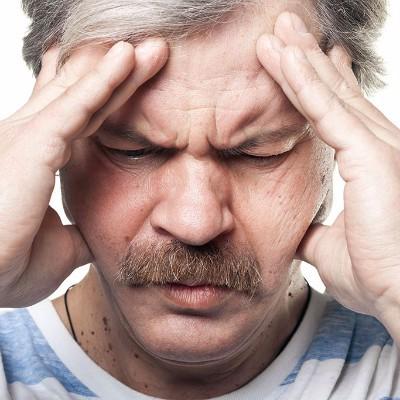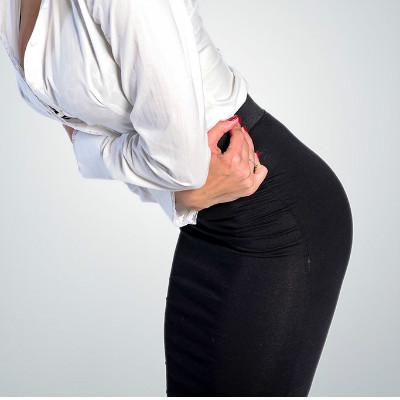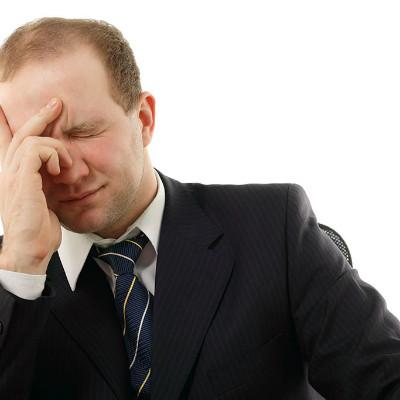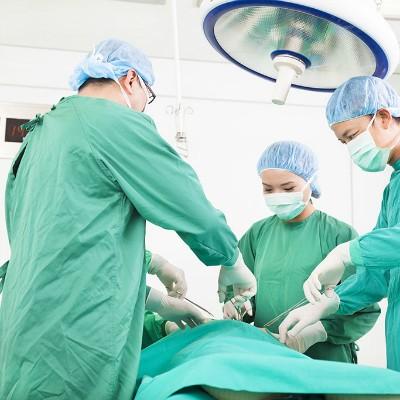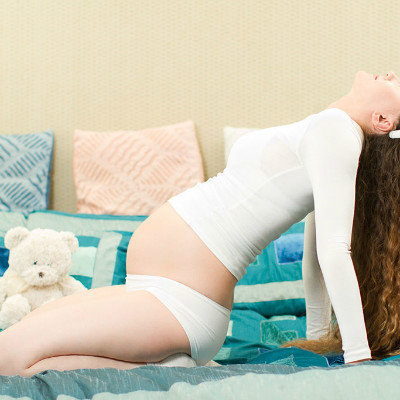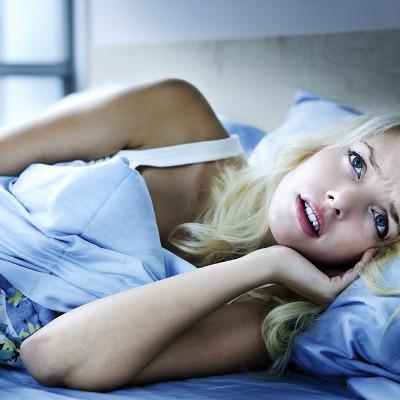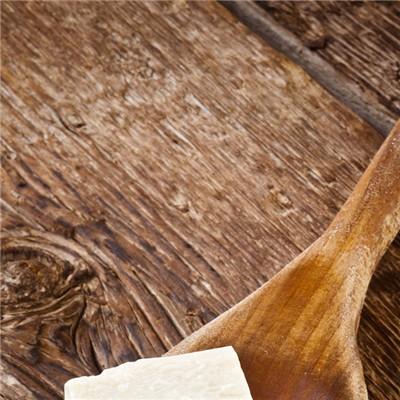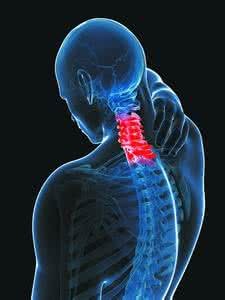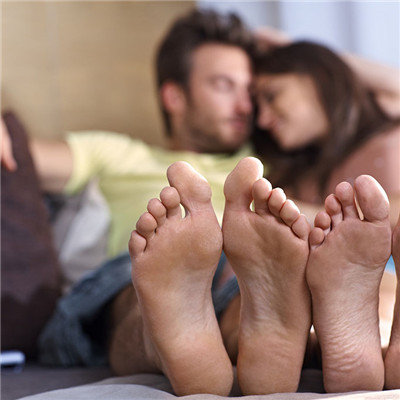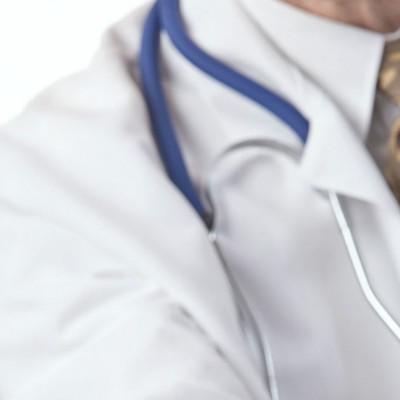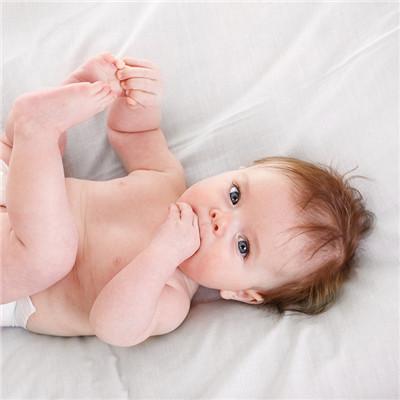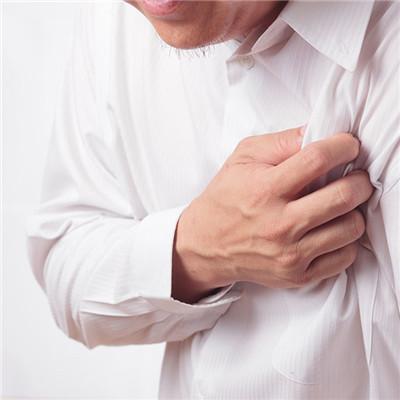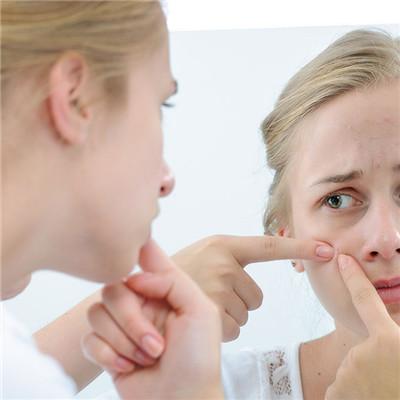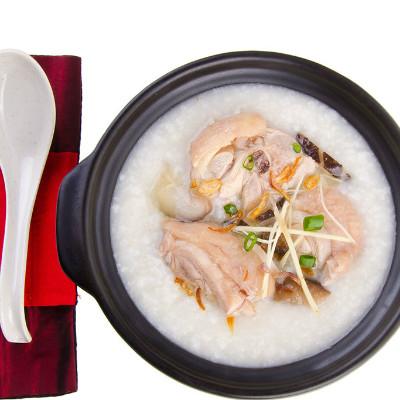How should hepatic porphyria be treated and treated?
summary
Porphyria is a disorder of porphyrin metabolism characterized by increased excretion of porphyrins and their precursors in urine and feces. Porphyria is a congenital disease, mainly caused by the lack of various enzymes related to heme synthesis, with a family history of disease. How should hepatic porphyria be treated and treated?
How should hepatic porphyria be treated and treated?
Acute intermittent acute intermittent porphyria is an autosomal dominant genetic disease, which is caused by deficiency of PBG deaminase (uroporphyrinogen synthetase). This defect reduced the conversion of PBG into uroporphyrin III in the liver, resulting in the disorder of heme synthesis, which strengthened the function of ALA synthetase. As a result, the synthesis of ALA and PBG increased and the excretion from the urine increased.
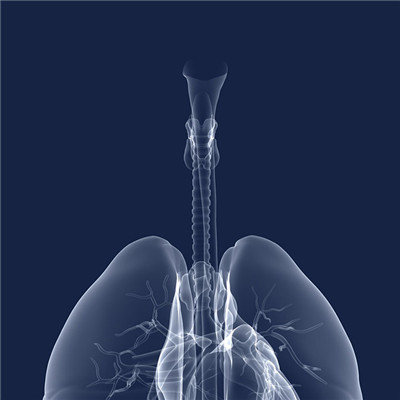
Abdominal pain occurs suddenly, with varying degrees, usually moderate to severe colic or only a sense of pressure. The pain was paroxysmal or persistent aggravation, often generalized in the whole abdomen, sometimes the pain was limited, but there was no fixed position. The abdomen was soft without fixed tenderness. Often accompanied by nausea, vomiting and constipation. Sometimes in the abdomen can touch the intestinal ring, intestinal peristalsis sound normal or weakened. X-ray plain film of abdomen showed dilated intestinal ring; Barium meal examination of gastrointestinal tract showed small bowel spasm and dilated intestinal ring in the proximal end of small bowel spasm. May have the fever, the white blood cell count increases.
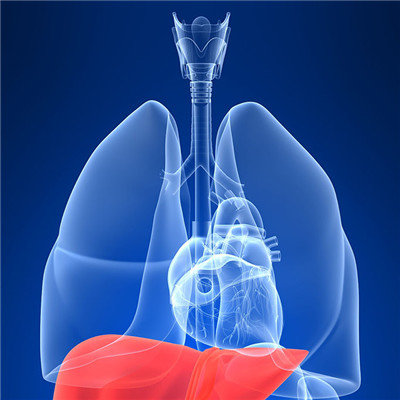
In traditional Chinese medicine, the disease can be classified as "abdominal pain", "heart and liver blood deficiency" and "water, dampness, stasis and toxin". The treatment principle is to warm the middle and regulate qi to relieve pain, nourish the heart and tranquilize the mind, soothe the liver and regulate qi, strengthen the spleen to dry dampness, activate blood circulation to remove stasis, clear away heat and detoxify, etc. Can also cooperate with acupuncture, massage, medicine bath and other different symptomatic treatment.
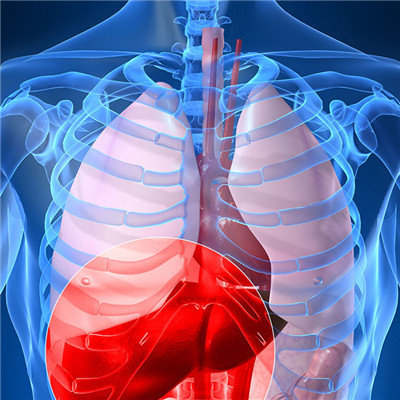
matters needing attention
1. Avoid incentives: such as overwork, mental stimulation and hunger, infection, etc. Avoid the sun and trauma, the application of sunscreen, appropriate diet. 2. High sugar diet and alcohol prohibition are recommended. In case of acute attack, intravenous drip of 10% glucose solution 100-150ml / h or 25% glucose solution 40-60ml / h for 24h can rapidly relieve symptoms. Patients with impaired glucose tolerance can be treated with insulin.
